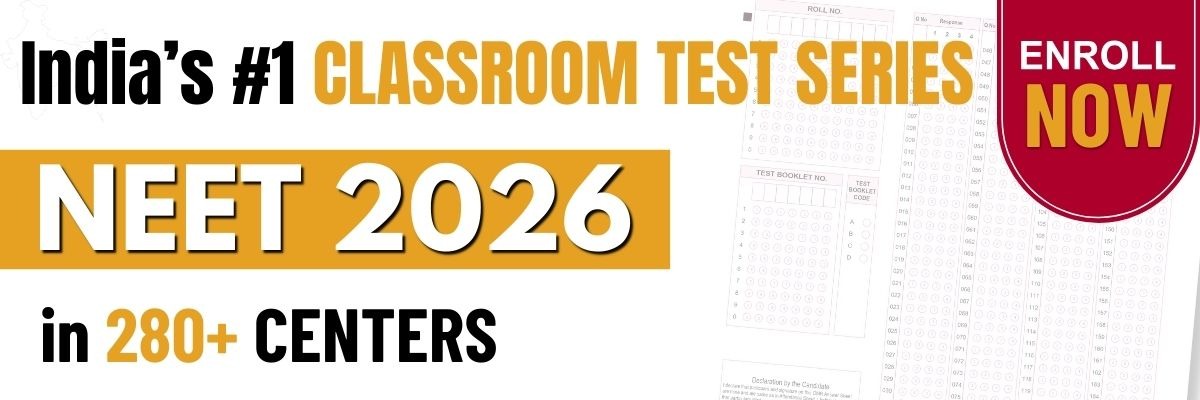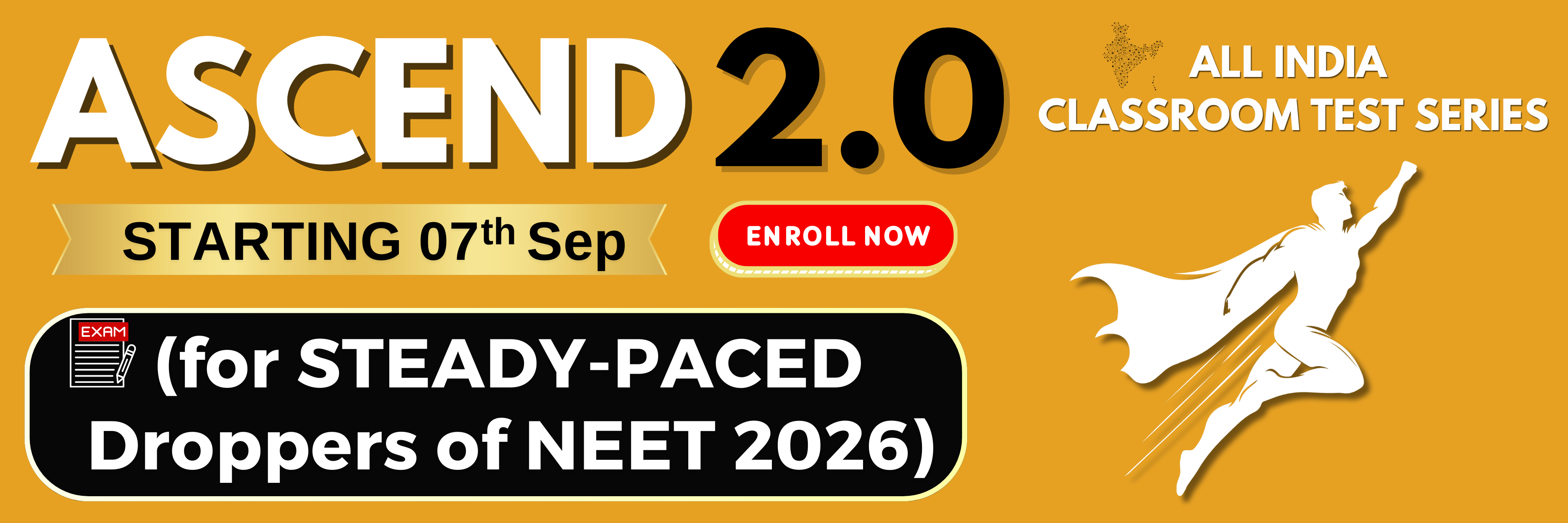Select Chapter Topics:
Find the statement that is NOT correct with regard to the structure of monocot stem.
| 1. | Vascular bundles are conjoint and closed. |
| 2. | Phloem parenchyma is absent. |
| 3. | Hypodermis is parenchymatous. |
| 4. | Vascular bundles are scattered. |
Subtopic: Monocot Stem |
68%
Level 2: 60%+
NEET - 2025
Please attempt this question first.
Hints
Please attempt this question first.
In the given figure, which component has thin outer walls and highly thickened inner walls?

1. D
2. A
3. B
4. C

1. D
2. A
3. B
4. C
Subtopic: Epidermal Tissue System |
77%
Level 2: 60%+
NEET - 2024
To view explanation, please take trial in the course.
NEET 2026 - Target Batch - Vital
Hints
To view explanation, please take trial in the course.
NEET 2026 - Target Batch - Vital
Given below are two statements:
In the light of the above statements, choose the correct answer from the options given below:
1. Both Statement I and Statement II are False
2. Statement I is True but Statement II is False
3. Statement I is False but Statement II is True
4. Both Statement I and Statement II are True
| Statement I: | Parenchyma is living but collenchyma is dead tissue. |
| Statement II: | Gymnosperms lack xylem vessels but presence of xylem vessels is the characteristic of angiosperms. |
In the light of the above statements, choose the correct answer from the options given below:
1. Both Statement I and Statement II are False
2. Statement I is True but Statement II is False
3. Statement I is False but Statement II is True
4. Both Statement I and Statement II are True
Subtopic: Simple Tissue: Parenchyma | Simple Tissue: Chollenchyma & Sclerenchyma | Complex Tissue: Xylem | Complex Tissue: Phloem |
67%
Level 2: 60%+
NEET - 2024
To view explanation, please take trial in the course.
NEET 2026 - Target Batch - Vital
Hints
To view explanation, please take trial in the course.
NEET 2026 - Target Batch - Vital
Bulliform cells are responsible for
| 1. | Protecting the plant from salt stress. |
| 2. | Increased photosynthesis in monocots. |
| 3. | Providing large spaces for storage of sugars. |
| 4. | Inward curling of leaves in monocots. |
Subtopic: Monocot Leaf |
78%
Level 2: 60%+
NEET - 2024
To view explanation, please take trial in the course.
NEET 2026 - Target Batch - Vital
Hints
To view explanation, please take trial in the course.
NEET 2026 - Target Batch - Vital
The transverse section of monocot root shows the following internal tissue organization. Arrange them in correct sequence starting from periphery to the centre.
A. Endodermis
B. Pith
C. Epidermis
D. Pericycle
E. Cortex
Choose the correct answer from the options given below:
1. D, C, E, A, B
2. A, C, E, B, D
3. C, E, A, D, B
4. C, E, D, B, A
A. Endodermis
B. Pith
C. Epidermis
D. Pericycle
E. Cortex
Choose the correct answer from the options given below:
1. D, C, E, A, B
2. A, C, E, B, D
3. C, E, A, D, B
4. C, E, D, B, A
Subtopic: Anatomy of Root |
88%
Level 1: 80%+
NEET - 2024
To view explanation, please take trial in the course.
NEET 2026 - Target Batch - Vital
Hints
To view explanation, please take trial in the course.
NEET 2026 - Target Batch - Vital
The given figure, with reference to the anatomy of plants, represents:

1. Tracheid
2. Xylem fibre
3. Xylem parenchyma
4. Vessel

1. Tracheid
2. Xylem fibre
3. Xylem parenchyma
4. Vessel
Subtopic: Complex Tissue: Xylem |
64%
Level 2: 60%+
NEET - 2024
To view explanation, please take trial in the course.
NEET 2026 - Target Batch - Vital
Hints
To view explanation, please take trial in the course.
NEET 2026 - Target Batch - Vital
Read the following statements and find out the correct set of statements:
Choose the correct answer from the options given below:
1. B, C, D , E only
2. A, B, D, E only
3. A, B, C, D only
4. C, D, E only
| A. | Companion cells help in maintaining the pressure gradient in the sieve tubes. |
| B. | Gymnosperms lack vessels in their xylem |
| C. | The xylem vessels are devoid of cytoplasm |
| D. | Xylem fibres may be septate or aseptate |
| E. | A mature sieve element in phloem possesses cytoplasm, vacuole and nucleus. |
1. B, C, D , E only
2. A, B, D, E only
3. A, B, C, D only
4. C, D, E only
Subtopic: Complex Tissue: Xylem | Complex Tissue: Phloem |
74%
Level 2: 60%+
NEET - 2024
To view explanation, please take trial in the course.
NEET 2026 - Target Batch - Vital
Hints
To view explanation, please take trial in the course.
NEET 2026 - Target Batch - Vital
Given below are two statements:
In light of the above statements, choose the correct answer from the options given below:
1. Both Statement I and Statement II are True
2. Both Statement I and Statement II are False
3. Statement I is True but Statement II is False
4. Statement I is False but Statement II is True
| Statement I: | In collenchyma, cell walls are thickened at corners due to deposition of cellulose, hemicellulose and pectin. |
| Statement II: | Sclerenchyma consists of lignified cell walls and possesses pits. |
1. Both Statement I and Statement II are True
2. Both Statement I and Statement II are False
3. Statement I is True but Statement II is False
4. Statement I is False but Statement II is True
Subtopic: Simple Tissue: Chollenchyma & Sclerenchyma |
90%
Level 1: 80%+
NEET - 2024
To view explanation, please take trial in the course.
NEET 2026 - Target Batch - Vital
Hints
To view explanation, please take trial in the course.
NEET 2026 - Target Batch - Vital
Which of the following simple tissues are commonly found in the fruit walls of nuts and pulp of pear?
| 1. | Sclereids | 2. | Fibres |
| 3. | Parenchyma | 4. | Collenchyma |
Subtopic: Simple Tissue: Chollenchyma & Sclerenchyma |
82%
Level 1: 80%+
NEET - 2024
To view explanation, please take trial in the course.
NEET 2026 - Target Batch - Vital
Hints
To view explanation, please take trial in the course.
NEET 2026 - Target Batch - Vital
Which one of the following is not found in Gymnosperms?
| 1. | Sieve Cells | 2. | Albuminous Cells |
| 3. | Tracheids | 4. | Vessels |
Subtopic: Complex Tissue: Xylem |
77%
Level 2: 60%+
NEET - 2024
To view explanation, please take trial in the course.
NEET 2026 - Target Batch - Vital
Hints
To view explanation, please take trial in the course.
NEET 2026 - Target Batch - Vital
Select Chapter Topics:






